Imagine a world where links are currency, and your website is a tiny island nation. Your goal? To become a global superpower in the vast ocean of the internet. Is that a stretch? Not with the right link building strategies. Here in the bustling metropolis of Plerdy, we understand the hustle. That’s why we’re diving into the top 10 link building strategies to help your site climb. From crafting compelling content to mastering the art of outreach, we’re laying down the essentials. Buckle up; it’s time to turbocharge your SEO strategy and turn your site into a link magnet.
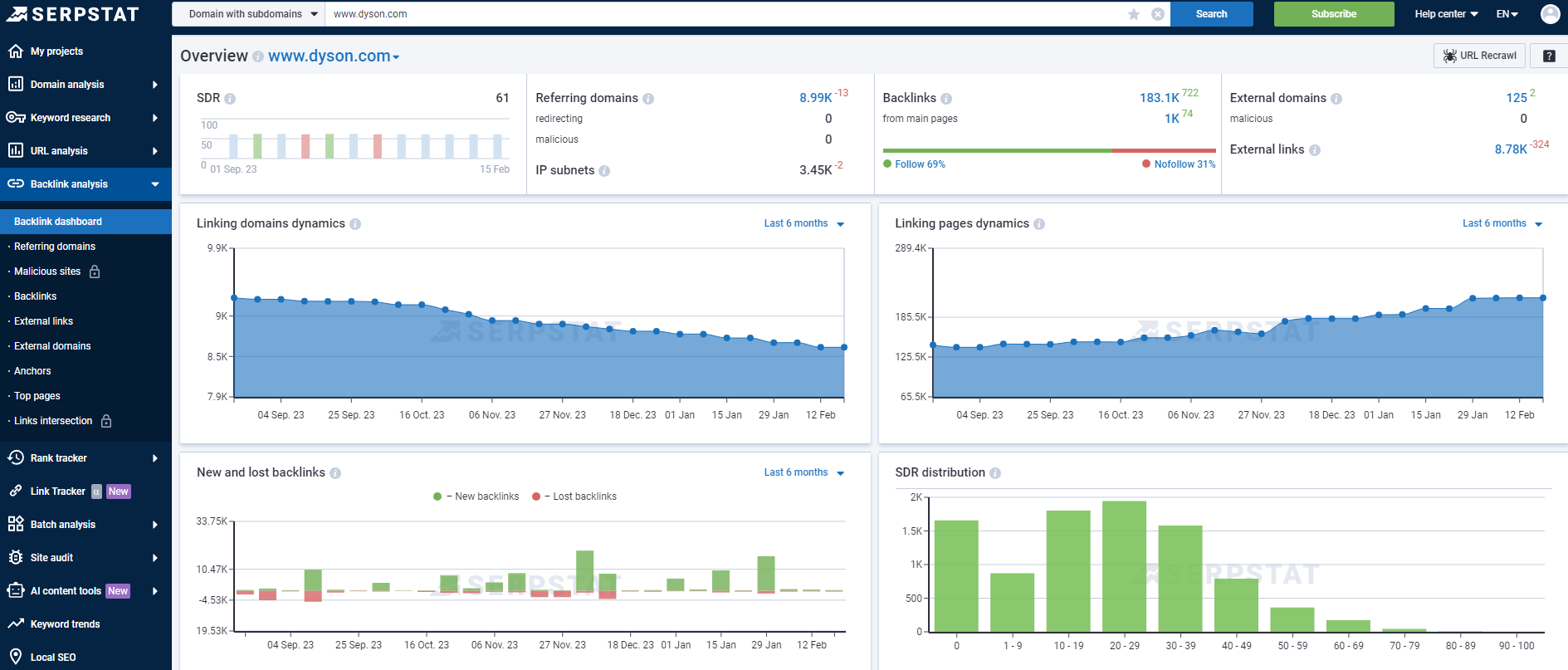
Conducting Effective Outreach for Link Building
Reaching out feels like knocking on doors, hoping one swing wide open. Yet, link building is not about luck; it’s strategy. Conducting effective outreach is akin to crafting a personalized invitation that’s hard to ignore. Let’s break down how to turn cold emails into warm handshakes.
Identifying Targets
Start by pinpointing who you’re aiming for. Use tools like Ahrefs or BuzzSumo to find sites in your niche that share or link to similar content. It’s like choosing the right door to knock on—one that opens to a room where your content naturally belongs. Ensure the sites you target have a good engagement rate and authority, like those featured in Moz’s Domain Authority guide.
Crafting the Pitch
Your pitch should be as personalized as the gift you’d choose for a friend. Mention something you admire about their work to show you’ve done your homework. Then, introduce your content not as just another link but as a resource that adds value to their site. Be concise, clear, and compelling. For reference, Neil Patel’s guide on effective email outreach offers great tips on crafting messages that get responses.
Follow-up Strategies
Persistence pays, but don’t be pushy. A gentle reminder after a week can nudge a busy webmaster. Frame it as a courteous check-in rather than a demand. It’s about building a relationship, not just snagging a link.
Remember that successful outreach for link building is part science, part art. It requires research, personalization, and persistence. Approach it with the mindset of offering value, and you’ll gain links and foster connections that benefit your SEO strategy in the long run. Watch your digital network grow as you send personalized, courteous, and engaging emails.
Guest Blogging with a Twist
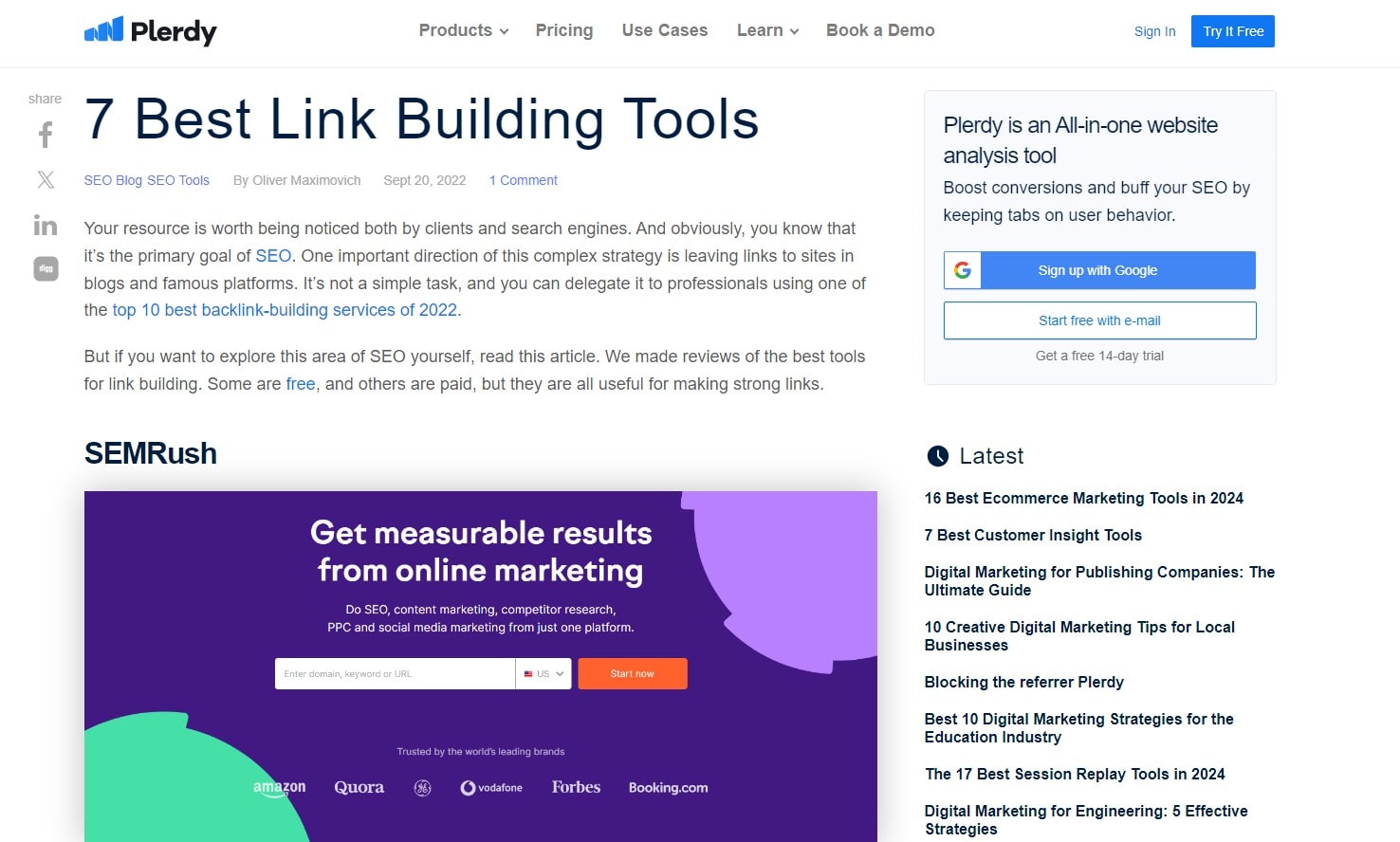
Imagine guest blogging with a twist that turns the tables in your favor. It’s time to think outside the box and approach guest blogging from angles others have yet to explore. This strategy can unlock doors to opportunities previously overlooked, bringing your link building game to new heights.
Identifying Unique Opportunities
Look beyond sites explicitly asking for guest posts. Every niche has underutilized platforms hungry for quality content. Dive into forums, LinkedIn groups, or industry newsletters. Use tools like BuzzSumo to discover where your audience hangs out and identify content gaps only you can fill. It’s about finding a stage where your voice is not just another echo but a valued contribution. Research websites related to your field but not directly competing, offering fresh perspectives they still need to cover.
Crafting Your Guest Post
Once you’ve found your unique angle, it’s time to craft a post that’s impossible to ignore. Tailor your content to fit the platform’s style and audience’s interests, making your article an indispensable resource. Quality trumps quantity. A well-researched, insightful piece on an untapped topic can establish you as an authority and encourage the host site to welcome your contributions with open arms.
Guest blogging with a twist is about leveraging untapped opportunities and presenting unmatched value. You are building relationships and expanding your business, not just acquiring a backlink. Be bold and think creatively, and your guest blogging efforts will pay off in spades, leaving a lasting impact on your SEO journey.
Mastering Broken Link Building
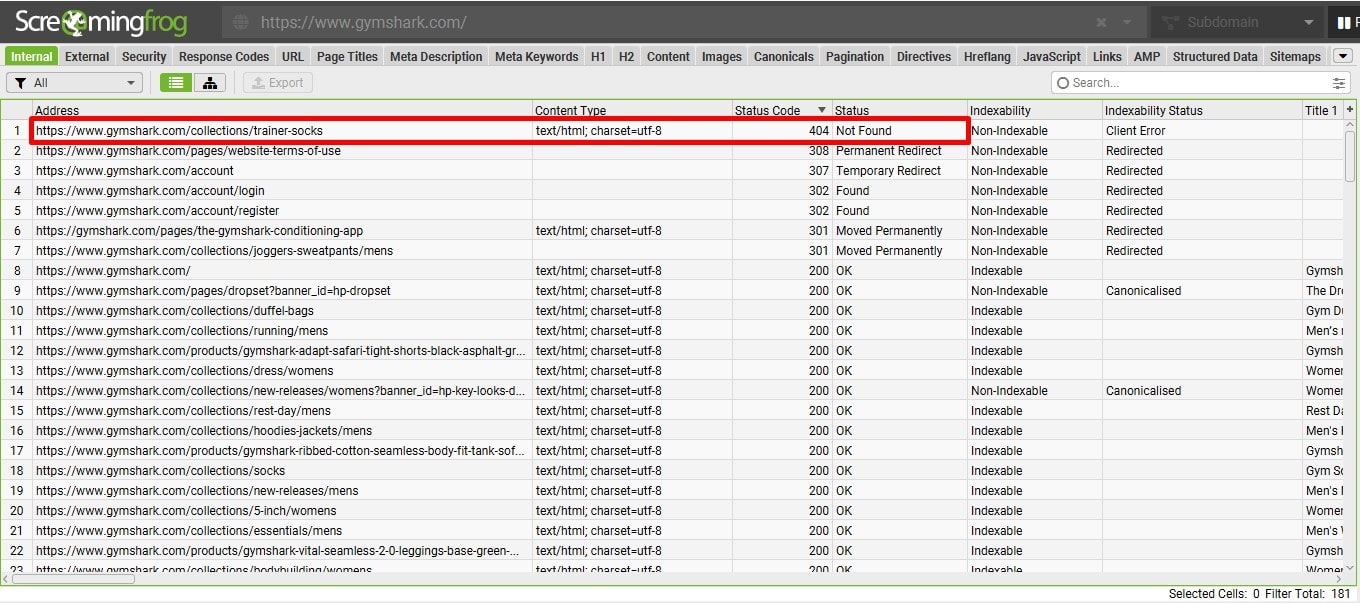
Imagine stumbling upon a treasure map only to find the treasure has vanished. That’s the online equivalent of encountering a broken link. Yet, in every missing treasure lies an opportunity. Mastering broken link building turns these digital dead ends into pathways leading back to your site. Let’s explore how you can become a broken link detective and turn lost treasures into golden opportunities for your website.
Finding Broken Links
Begin your quest with tools like Ahrefs’ Broken Link Checker or Dead Link Checker. These tools are your compasses in the vast internet sea, guiding you to the broken links hidden on relevant websites within your niche. The best places to look are resource pages related to your content, as these are often gold mines for broken links. For an in-depth guide, refer to Moz’s tutorial on finding broken links.
Creating Replacement Content
Once you’ve identified a broken link, it’s time to craft content that can be the perfect replacement. This doesn’t mean creating something from scratch every time. Evaluate your existing content arsenal first; you might already have a piece that fits or can be tweaked slightly to match. If not, write engaging, relevant content on the host page.
Outreach for Broken Link Building
Crafting a persuasive outreach email is key. Briefly introduce yourself, highlight the broken link, and gently suggest your content as a suitable replacement. Keep your tone helpful and professional. For inspiration, Backlinko offers excellent email templates tailored for broken link building.
Mastering broken link building is about turning digital disappointment into opportunities for growth. It boosts your backlinks and improves the web. Persistence and politeness in your outreach can turn broken links into strong connections. Start small, refine your approach, and soon you’ll be turning lost links into valuable assets for your site.
Link Building Strategy: Leveraging Unlinked Mentions
Imagine someone talking about your masterpiece but forgetting to mention your name. That’s what unlinked mentions on the web feel like. They’re opportunities hiding in plain sight, waiting for you to claim them. Leveraging these unlinked mentions is a clever strategy to strengthen your link profile without creating new content. Let’s navigate through transforming these hidden gems into powerful links for your website.
Identifying Unlinked Mentions
Your first step is to find these mentions. Tools like Mention or Google Alerts can serve as your radar, alerting you whenever your brand or specific keywords are mentioned online. Not all mentions are created equal. Focus on those from authoritative and relevant sites. A guide on Moz, How to Turn Unlinked Brand Mentions Into Links, offers a comprehensive approach to spotting and evaluating these mentions.
The Outreach Process
Once you’ve identified an unlinked mention, it’s outreach time. Crafting a personalized message to the webmaster or author is key. Acknowledge their mention of your brand and politely request the addition of a link to the mention. Ensure your message is concise and courteous and expresses how linking back to your site adds value to their content. HubSpot’s guide on Effective Outreach Emails provides practical tips for crafting messages that get responses.
Linkless mentions are like undiscovered treasure islands in the internet ocean. With the right map and approach, you can navigate these waters smoothly, turning mentions into valuable links that bolster your SEO efforts. It’s not just about getting a link; it’s about fostering relationships and enhancing the web’s interconnectedness. Start with monitoring, proceed with thoughtful outreach, and watch as your digital footprint expands through leveraging unlinked mentions.
Effective Use of Linkable Assets
In the digital world, your content is your currency. However, not all content has the same value; some are like glittering gold coins, known as linkable assets, capable of attracting links naturally. Mastering the art of leveraging these assets can significantly amplify your link-building efforts. Let’s explore how to make the most out of your content treasure trove.
Creating Compelling Linkable Assets
The first step is to identify or create content that naturally attracts links. These can be in-depth guides, infographics, research studies, or tools that provide immense value to your audience. A resource like HubSpot’s guide on creating content can offer insights into crafting materials that stand out. Addressing your audience’s needs or answering their burning questions is key.
Promoting Your Assets
Once you’ve created your asset, promotion is crucial. Use social media, email newsletters, and your professional network to spread the word. Consider reaching out to websites or influencers who’ve previously linked to similar content. Tools like BuzzSumo can help identify potential promoters. Additionally, featuring your asset in relevant communities or forums can drive attention and links.
Tracking and Measuring Success
Tracking and analyzing the performance of your linkable assets is essential to understanding their impact. Google Analytics and Ahrefs can track backlinks and traffic for each item. This data will show the success of your current efforts and guide your strategy moving forward. For a deep dive into tracking and measuring, Moz’s link-building guide is invaluable.
Linkable assets are a cornerstone of effective link building. You can turn your assets into link magnets by crafting valuable content, strategically promoting it, and meticulously tracking its performance. The goal is to build links and create resources that enrich your audience’s experience. Start by understanding what your audience craves, promoting your assets wisely, and measuring your success to refine and repeat the process. This approach will enhance your SEO and establish your authority and credibility in your niche.
Boost Your Link Building with Infographics
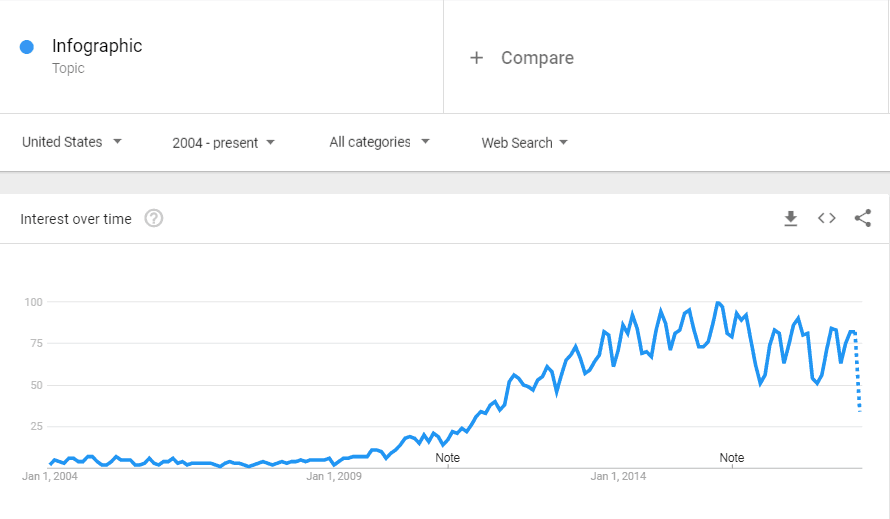
Diving into link building with infographics is like embarking on a treasure hunt. The map? Your data. The treasure? Valuable backlinks. Crafting and distributing infographics is a creative way to earn those links, making complex information digestible and shareable. Let’s chart the course for this visually-driven journey.
Creating a compelling infographic starts with choosing the right data or story. Focus on niche-relevant, audience-friendly themes. Tools like Canva or Piktochart make design accessible to non-designers, helping to bring your data to life visually. For inspiration and guidelines on crafting impactful infographics, check out Visual.ly’s comprehensive guide.
Distribution ensures your infographic reaches a wide audience and garners links. Your creation should be shared on social media, embedded in relevant blog posts, and submitted to infographic directories. Moreover, reaching out directly to bloggers or websites in your niche can encourage them to share your infographic and link to your site.
Infographics are a powerful tool in the link builder’s arsenal, turning data into visually appealing stories that must be shared. By investing time in creating quality infographics and strategically distributing them, you enhance your site’s backlink profile and increase its visibility and authority. The beauty of an infographic lies not just in its design but in its ability to communicate complex information effortlessly and engagingly. Start with a story worth telling, design with your audience in mind, and spread the word. Your treasure chest of backlinks awaits.
Social Media: A Powerful Tool for Link Building

In today’s digital age, social media isn’t just for selfies and status updates. It’s a goldmine for link builders aiming to enhance their strategies. By harnessing the power of social platforms, you can amplify your content’s reach and earn valuable backlinks. Let’s explore how social media can become a pivotal part of your link-building arsenal.
Engaging with Influencers
Start by identifying and engaging with influencers in your niche. When these influencers share your content, it reaches a broader audience and gains the potential to attract backlinks from various sources. BuzzSumo helps find relevant influencers. Building relationships with these key players can increase shares and mentions, indirectly boosting your link-building efforts. For guidance, Neil Patel’s insights on influencer engagement are invaluable.
Sharing and Promoting Content
Share your material on social media and urge others to do the same. Platforms like Twitter, LinkedIn, and Facebook are perfect for this purpose. Share and engage with your audience through comments and debates to build community and interest. Additionally, consider paid promotions for your most valuable content to extend its reach further. Hootsuite offers excellent tips on maximizing content visibility on social media.
Social media for link building is about more than just broadcasting your content. It’s about creating conversations, building relationships, and engaging with a community that shares your interests. By strategically leveraging social platforms, you can significantly enhance your link-building efforts, driving direct and indirect backlinks to your site. Consistency and quality engagement are key. Start with a clear strategy, be genuine in your interactions, and watch as social media becomes a powerful ally in your link-building journey.
Local SEO and Link Building
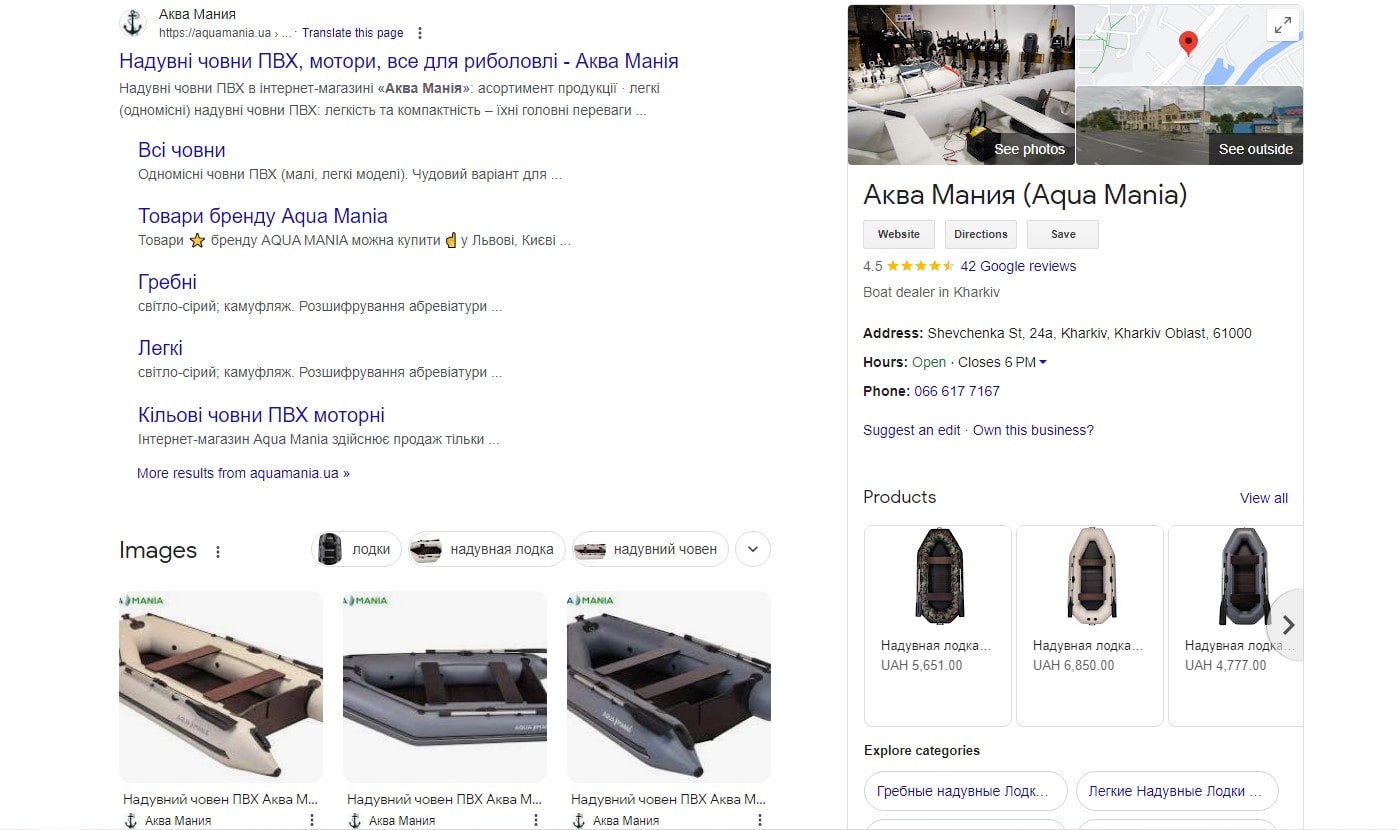
Local recognition is like locating a needle in a haystack in the internet marketplace. Yet, for businesses targeting a local audience, mastering Local SEO and strategic link-building is the magnet that makes finding that needle much simpler. Local SEO isn’t just about being seen; it’s about being seen by the right people in your community. Let’s dive into how link building is crucial in local search visibility.
Optimizing for Local Search
First, claim and improve your Google My Business listing and ensure web-wide NAP consistency. Use local keywords in website text and meta tags. Engage in local community events and partnerships to earn local backlinks naturally. Moz’s Local SEO guide provides a solid foundation for understanding these concepts.
Building Local Backlinks
Focus on building backlinks from locally relevant sites, such as local news outlets, community blogs, and local business directories. Participate in local events or sponsorships that can result in online mentions. Ask satisfied customers to post Google My Business and local reviews. For more strategies, BrightLocal offers insights on earning local backlinks.
Local SEO and link building are intertwined to boost your visibility where it matters most. By fostering local partnerships, engaging in community activities, and optimizing your online presence for local relevance, you’re not just building links—you’re building bridges to your community. The essence of Local SEO lies in connecting with your local audience, making each link a pathway to your doorstep. Start locally, think strategically, and watch your local search presence grow.
Regular Monitoring and Analysis of Backlinks
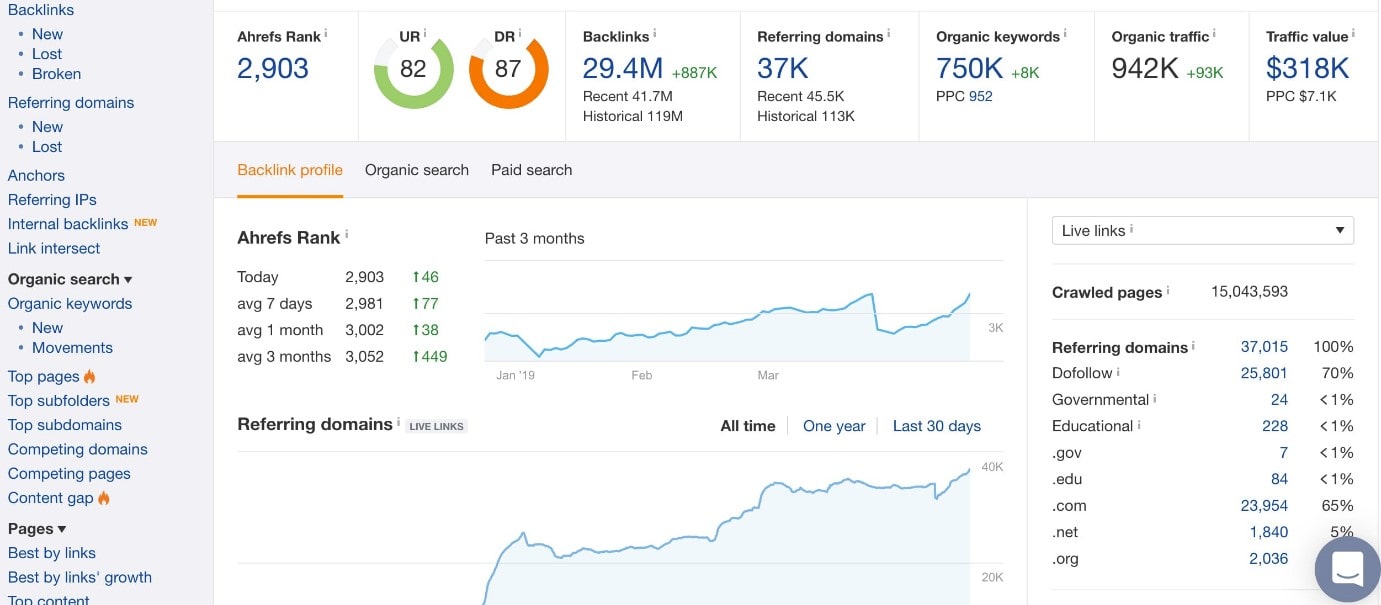
Imagine building a house without ever checking its foundation; that’s what skipping backlink analysis is like in the digital world. Regular monitoring and analysis of backlinks not only ensure the strength of your site’s SEO foundation and protect against potential digital decay. Let’s delve into why keeping a vigilant eye on your backlinks is crucial for your site’s health and search engine rankings.
The Importance of Regular Monitoring
Regular backlink monitoring allows you to promptly catch and address negative SEO attacks, identify and disavow toxic backlinks, and understand the impact of your link-building efforts. Utilizing tools like Ahrefs or SEMrush can provide comprehensive insights into your backlink profile, helping you identify trends, opportunities for improvement, and potential threats. A guide by Search Engine Journal offers a deeper understanding of the benefits of backlink analysis.
Analyzing Backlink Quality
Not all backlinks are created equal. Backlink quality must be assessed to boost SEO. Look for backlinks from high authority sites within your niche, ensuring relevance and trustworthiness. Be wary of backlinks from spammy or irrelevant sites, as they can harm your rankings. Tools like Moz’s Link Explorer provide valuable metrics, such as Domain Authority (DA) and Page Authority (PA), to assess backlink quality effectively.
Backlink monitoring and analysis are like website health checks. It’s not just about quantity; the quality of your backlinks significantly impacts your site’s SEO health. By staying informed and proactive, you can maintain a robust backlink profile that supports your site’s growth and visibility in search engines. Vigilance is key to enduring success in the ever-evolving landscape of SEO.
Conclusion
Embarking on the link building journey is like navigating a maze—complex yet thrilling, with success waiting at the end. With the strategies outlined, you’re now equipped with the map to traverse this maze, boosting your site’s visibility and authority. But remember, the digital landscape is ever-evolving, and staying ahead requires continuous learning and adaptation. Crave more insights? Dive into Plerdy’s treasure trove of articles, where cutting-edge SEO wisdom awaits. Let Plerdy be your guide, empowering your online presence to reach new heights. Find the tools and skills to transform your digital strategy. Your next big SEO breakthrough starts with a click.
